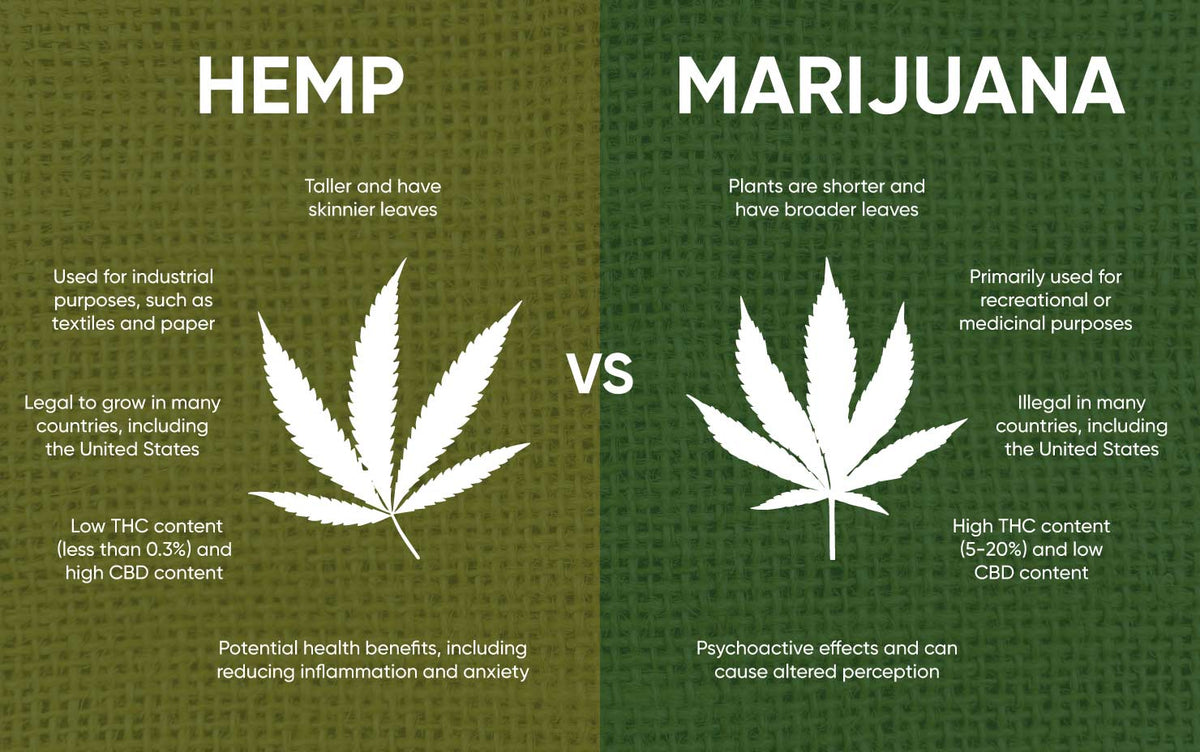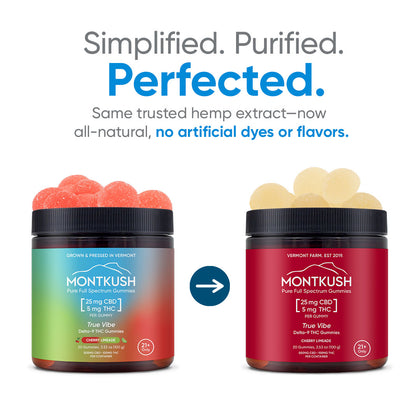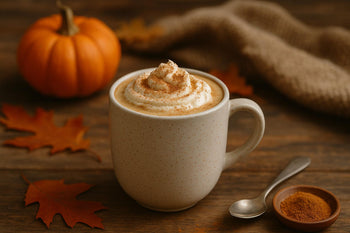

Table of Contents
Let’s talk about hemp and marijuana. These two plants come from the same family, yet they couldn’t be more different in how they’re used and understood. If you’ve ever been confused about the difference, don’t worry—you’re not alone.
The good news? It’s easier to understand than you might think.
In fact, in 2021 there were over 52 million people who tried cannabis products.
Let’s break it down step by step and get to the root of what makes these two cannabis cousins unique and the difference between the two.
Understanding the Basics of Hemp and Marijuana

So, first off, let’s clear up where they come from. Both hemp and marijuana originate from the cannabis plant, specifically the Cannabis sativa plant family. Think of it like this: they’re part of the same tree but branch out into entirely different uses and characteristics.
While they share some similarities, they differ in purpose, chemical makeup, and even how they’re grown.
Hemp and marijuana are often confused because, visually, they can look pretty similar. But their differences go far beyond looks. Their purposes range from industrial and medicinal uses to recreational enjoyment.
What sets them apart most noticeably is their chemical composition—specifically, the levels of THC (tetrahydrocannabinol) and CBD (cannabidiol) they contain.
What Is Hemp?

Hemp is like the utility player in the cannabis world. It’s versatile, hardworking, and non-intoxicating. It’s defined as cannabis with a THC content of 0.3% or less, which is a legal threshold set by many countries.
This number was used in the legal definition of hemp, as specified in the Agricultural Act of 2018 and other laws in the United States. Because hemp contains this minuscule THC content, hemp cannot produce the psychoactive effects typically associated with cannabis.
Uses of Hemp
Hemp’s versatility is mind-blowing. It’s been used for thousands of years for a variety of purposes:
- Industrial Uses: Hemp is a raw material for textiles, paper, ropes, and biodegradable plastics. It’s also used in construction as “hempcrete,” a sustainable building material.
- Nutritional Products: Hemp seeds are packed with nutrients like protein, fiber, and omega-3 fatty acids. They’re popular in smoothies, granola, and plant-based protein powders.
- Health and Wellness: Hemp-derived CBD products, like hemp oil, have taken over the wellness world, offering potential benefits like reduced inflammation, improved sleep, and anxiety relief.
- Eco-Friendly Benefits: Hemp is sustainable. It requires less water than many crops and helps improve soil health, making it an environmental superstar.
What Is Marijuana?

Now, let’s talk about marijuana. While hemp is the workhorse of the cannabis family, marijuana is its party-loving sibling. Known for its high THC levels, marijuana is typically bred for recreational and medicinal purposes.
THC is the compound responsible for the psychoactive effects—or the “high”—associated with marijuana use.
Montkush CBD Products
Uses of Marijuana
Marijuana’s uses are focused on its psychoactive and medicinal properties:
- Recreational: Many people enjoy marijuana for its ability to relax, elevate mood, or inspire creativity.
- Medicinal: Medical marijuana is prescribed to treat conditions like chronic pain, anxiety, insomnia, and certain neurological disorders like epilepsy. It’s also used to increase appetite in individuals undergoing chemotherapy or dealing with severe weight loss.
How Do Hemp and Marijuana Differ?
The main differences between hemp and marijuana extend beyond their chemical makeup (aka CBD and THC levels). Let’s break it down further to really highlight what sets them apart.
Chemical Composition
The most significant difference between hemp and marijuana lies in their chemical profiles, particularly the percent THC content. Hemp is rich in CBD (cannabidiol) , a compound often used for its therapeutic benefits like reducing anxiety, easing inflammation, and promoting better sleep—all without causing a high.
Its THC content is so low (less than 0.3 percent THC) that it doesn’t produce a high, which means it doesn’t alter your state of mind or impair cognitive function. This makes hemp-derived CBD a popular choice for wellness products.
Marijuana, however, is known for its high THC (tetrahydrocannabinol) content , the compound responsible for the psychoactive effects—or the “high” people experience when consuming marijuana. THC concentrations in marijuana typically range from 5% to 30% , depending on the strain.
While some marijuana strains are bred to contain CBD alongside THC, the focus in recreational marijuana is usually on the psychoactive effects of THC.
This chemical difference is why hemp is associated with wellness and industrial uses, while marijuana is often linked to recreational and medicinal purposes.
Legal Status
Legal differences between hemp and marijuana are equally important and often a source of confusion. Hemp, due to its low THC content (below 0.3%), is federally legal in many countries, including the United States. The 2018 Farm Bill in the U.S. legalized the cultivation, sale, and use of hemp and hemp-derived products, paving the way for CBD oils, creams, and nutritional supplements to hit the mainstream market.
Marijuana, however, occupies a more complex legal position. While it’s legal for recreational or medicinal use in some U.S. states and countries, it’s still considered a Schedule I controlled substance at the federal level in the United States. This classification places it alongside drugs like heroin, which adds layers of restriction and stigma.
As of February 2023, 36 states and the District of Columbia have legalized medical marijuana, while 17 states have legalized recreational marijuana. It is important to familiarize yourself with the laws in your state before using or possessing marijuana.
Globally, the situation is equally mixed. Some countries have embraced marijuana legalization, while others maintain strict prohibitions. This legal gray area means that marijuana users and businesses must carefully navigate regulations depending on their location.
Cultivation
The cultivation processes for hemp and marijuana also differ significantly, particularly in how growers choose to grow hemp for industrial use. Hemp is an easygoing crop. It thrives in a variety of climates, grows quickly, and doesn’t demand much attention. Farmers value hemp for its high yield and low maintenance, making it a sustainable and cost-effective option.
Hemp plants grow tall and thin, often reaching 12-16 feet in height. Because it’s grown for its stalks, seeds, or flowers (depending on its purpose), hemp is often planted closely together to maximize space.
Marijuana, by contrast, is a much more delicate plant. It requires specific growing conditions, such as carefully controlled temperature, humidity, and light cycles. Marijuana plants are shorter and bushier, often standing between 3-6 feet tall. They are spaced farther apart to allow airflow and prevent mold or disease.
The reason for this precision? Marijuana is cultivated for its resin-rich flowers, which contain the cannabinoids and terpenes that give it its psychoactive and therapeutic properties. This level of care makes marijuana farming more labor-intensive and costly than hemp cultivation.
Appearance
At first glance, hemp and marijuana may look similar, especially to the untrained eye. However, upon closer inspection, their physical differences become apparent.
Hemp plants are typically tall and skinny , with long, thin leaves concentrated at the top of the plant. They’re grown for height and strength, making them ideal for industrial applications like rope or fabric made from hemp. Their sparse foliage and stalky appearance also reflect their purpose—utilizing as much of the plant as possible for non-consumable products.
Marijuana plants, on the other hand, are shorter and bushier , with dense foliage and broader leaves. Their compact structure is specifically designed to produce more resinous buds, where the plant stores THC and other cannabinoids. This visual difference directly results from the different purposes for which these plants are bred.
What Role Does CBD Play?
One of the standout compounds in the cannabis plant family is cannabidiol, also known as CBD and it plays a major role in how hemp and marijuana are used. CBD is non-psychoactive, meaning it doesn’t cause a high, which is why it’s become a popular ingredient in wellness products.
Hemp plants are naturally rich in CBD, making them the primary source for federally legal CBD products. This abundance of CBD, combined with hemp’s low THC levels (under 0.3%), is what makes hemp the go-to for CBD oils, gummies, and creams. These products are often marketed as natural remedies for stress, sleep issues, and pain relief.
Marijuana, while also containing CBD, typically has much higher levels of THC. This means CBD products derived from marijuana often come with psychoactive effects due to the THC content. In legal markets, marijuana-based CBD products are available but are generally targeted at those who also want THC’s effects.
Why Does This Matter For Consumers?
If you’re shopping for cannabis-related products, knowing the difference between hemp and marijuana is key to making the right choice.
Marijuana and hemp are typically consumed in different ways. Hemp products are usually ingested or applied topically, while marijuana is usually smoked.
Are you looking for relaxation, pain relief, or better sleep without feeling high? Hemp-derived CBD products might be perfect for you—they’re non-psychoactive and widely available.
On the flip side, if you’re seeking stronger effects or medical benefits like pain management, marijuana might be the answer—just make sure it’s legal where you live. Understanding these differences ensures you get exactly what you need and avoid confusion about what to expect from your purchase.
Knowing what’s in the product, how it works, and its legality means you can shop smarter and more confidently!




